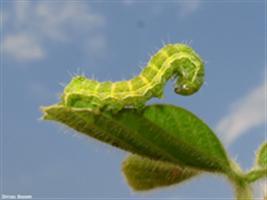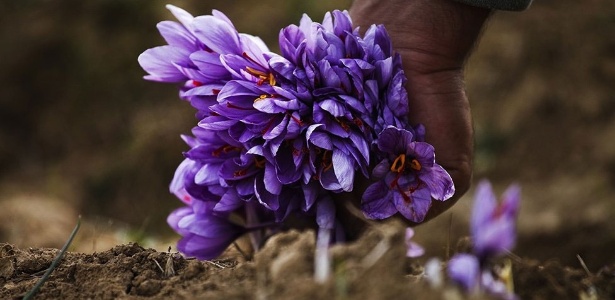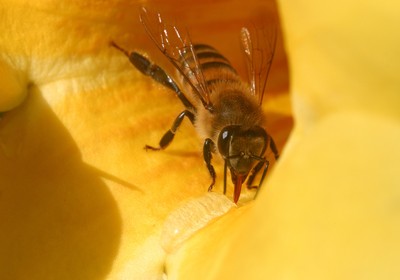
Num dos momentos mais difíceis para a agricultura brasileira, quando a Helicoverpa armigera já causou prejuízos estimados em R$ 10 billhões, mais uma má notícia promete tirar o sono do setor produtivo: o sucateamento do órgão responsável pela defesa contra doenças animais e vegetais. A revista Época revelou relatório interno do Ministério da Agricultura apontando “recursos ínfimos” para a Secretaria de Defesa Agropecuária.
“Dos mais de R$ 370 milhões aprovados pelo governo para a defesa contra doenças animais e vegetais, em que o combate à H. armigera é a prioridade número um, apenas R$ 182 milhões foram gastos. Para este ano, o orçamento previsto é ainda menor: R$ 284 milhões. [...] E esse valor, mesmo reduzido, ainda está sujeito a mais cortes”, afirma a reportagem.
O documento exposto pela revista foi produzido no final de 2013, e aponta os principais “entraves” da defesa agropecuária brasileira. Segundo o relatório, a erradicação de pragas no Brasil está “comprometida”: “A situação é preocupante, pois é grande a infestação e requer fiscalização, vigilância e monitoramento... e os recursos são ínfimos”.
O presidente do Sindicato Nacional dos Fiscais Agropecuários, Wilson Roberto de Sá, não tem medo de afirmar que a escassez de recursos foi determinante para o alastramento da praga Helicoverpa: “A falta de dinheiro dificulta a ida dos fiscais para fazer inspeções e identificar com precisão a área onde está a lagarta”.
Num trecho intitulado “Alerta”, percebe-se que a preocupação é irrestrita: “O contingenciamento dos recursos financeiros está promovendo uma desestruturação de todo o Sistema de Defesa Agropecuária do Brasil. A falta de fiscalização oficial e vigilância poderá acarretar prejuízos incalculáveis com o surgimento de um foco de febre aftosa para o país”, dizem os técnicos.
Segundo o secretário de Defesa Agropecuária, Rodrigo Figueiredo, o baixo orçamento atrapalha, mas não é decisivo. “Conseguimos realizar todas as atividades previstas em nosso planejamento. Temos de usar mais a criatividade e trabalhar melhor com os Estados”, disse ele à Época.
Agrolink
Autor: Leonardo Gottems
Fonte: http://www.agrolink.com.br/noticias/NoticiaDetalhe.aspx?codNoticia=191941
.jpg)

